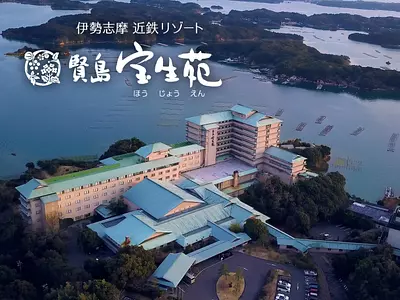Introducing notable spots where you can ``see'', ``eat'', and ``experience'' in the good old Sekijuku Tokaido'!
掲載日:2019.03.19
"Sekijuku" is known as the 47th post town on the 53 stations Tokaido. It is also a Nationally Important Preservation District for Groups of Traditional Buildings, and the scenery is truly spectacular, with many valuable buildings from that time remaining. This time, we will introduce spots where you can ``see'', ``eat'', and ``experience'' while enjoying the cityscape of Sekijuku! Sekijuku somehow feels nostalgic and warm. Would you like to visit us once?
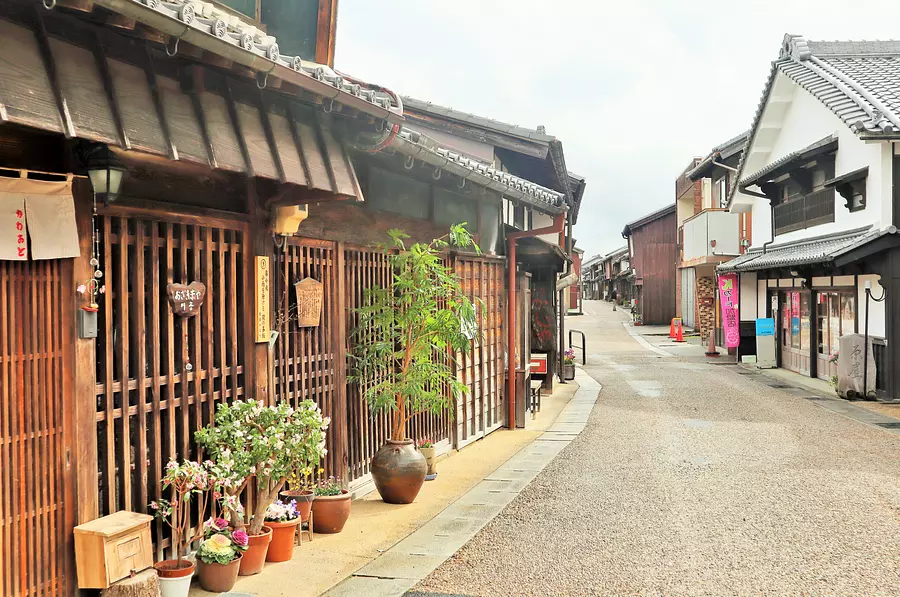
In Sekijuku, there are many spots where you can ``see'', ``eat'', and ``experience'' while enjoying the cityscape of that time.
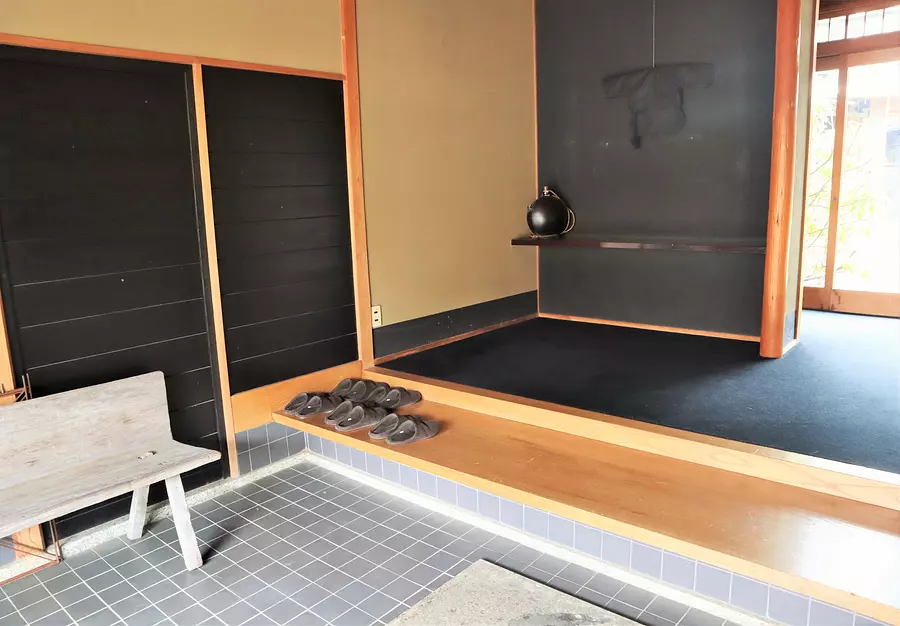
Sekijuku is a short walk from Nakamachi called Jikon Jikonka.
This studio opened in October 2018 as a workshop where you can not only dye original cloth products, but also re-dye them.
This time, we tried indigo dyeing using the cloth products we brought!
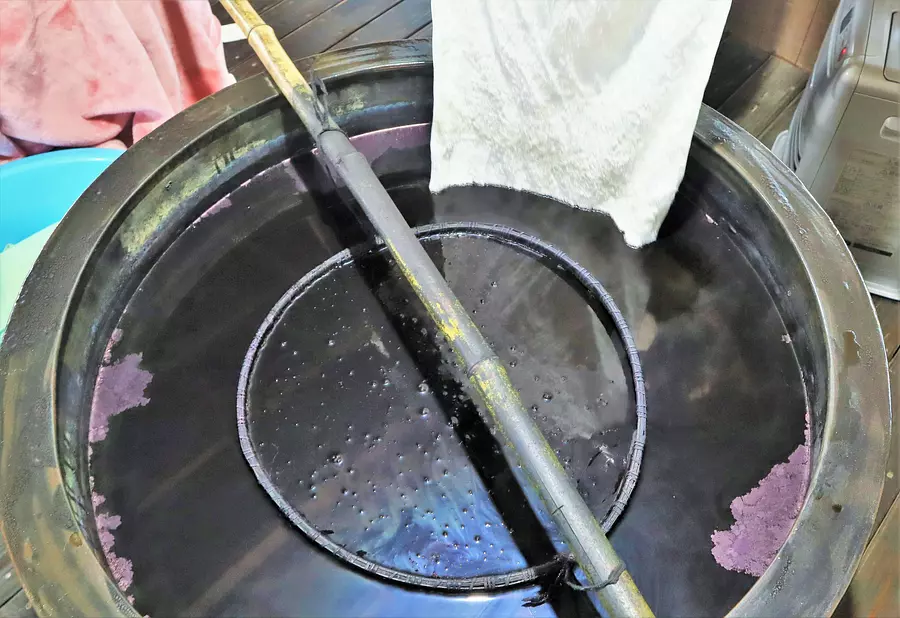
This time, we dyed an off-white face towel and a pale yellow-green lunch mat in indigo.
By the way, the things to bring on the day are vinyl gloves (if you need them), cloth and clothing to be dyed, a plastic bag to put the dyed cloth in, an apron, and a towel!
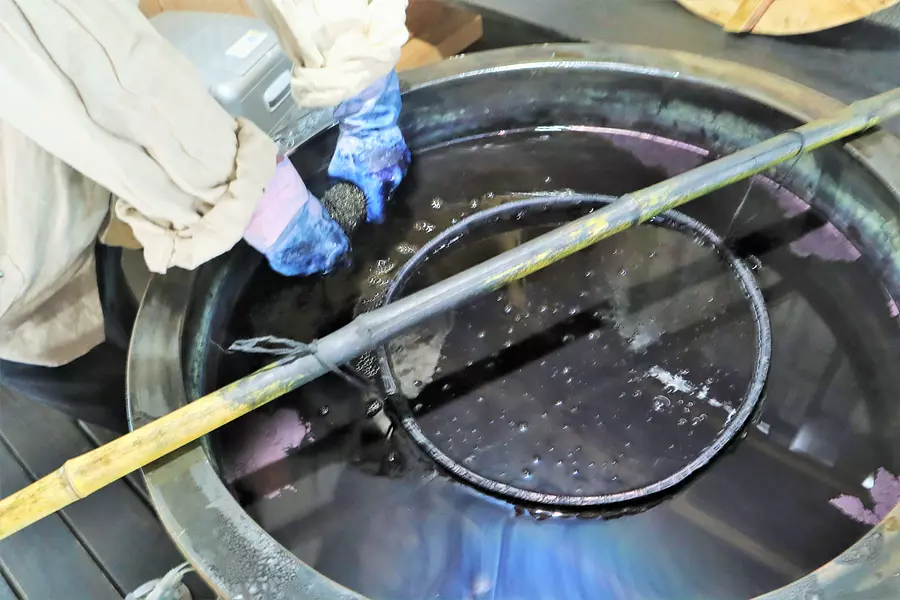
In fact, the indigo liquid in the jar is slightly warm and very pleasant! This is because the temperature is maintained at around 26 degrees.
The jar is very deep, so if you let go of the cloth, it will sink to the bottom of the jar, and spiders will stick to the cloth.
The key is to gently soak the indigo liquid while changing the handle without letting go of the indigo liquid, so as not to introduce oxygen into the indigo liquid.
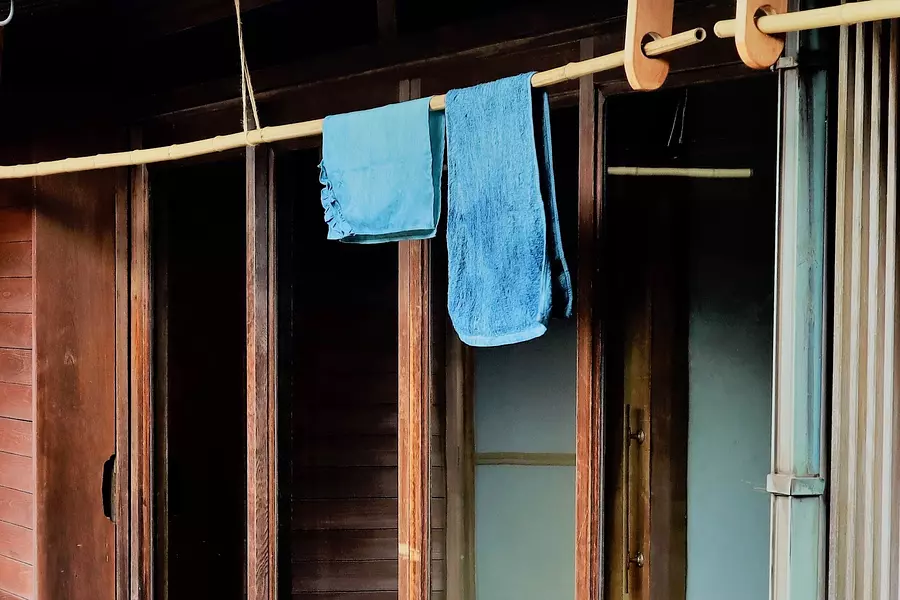
Finally, rinse thoroughly with well water, dehydrate, and dry in the sun.
This time, the work time so far was about 30 minutes. However, it seems to vary depending on the size of the cloth to be dyed and the depth of the color you want to dye.
Even the off-white towels were dyed in such a vibrant indigo color!
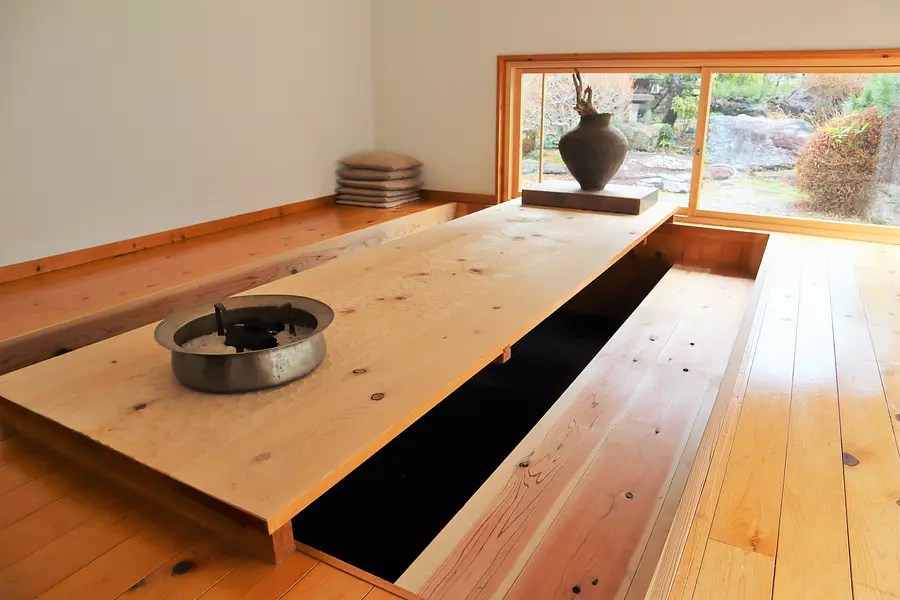
This is the tea room space. Since it is originally an old folk house, the garden is also a spectacular view!
It is a place where you can relax and relax, and it is said that it will be used for events.
The drying time is approximately 30 minutes, and the indigo color is fixed on the cloth by exposing it to ultraviolet light.
It won't dry completely during the experience, so once it's dry for a while, put it in a plastic bag and take it home.
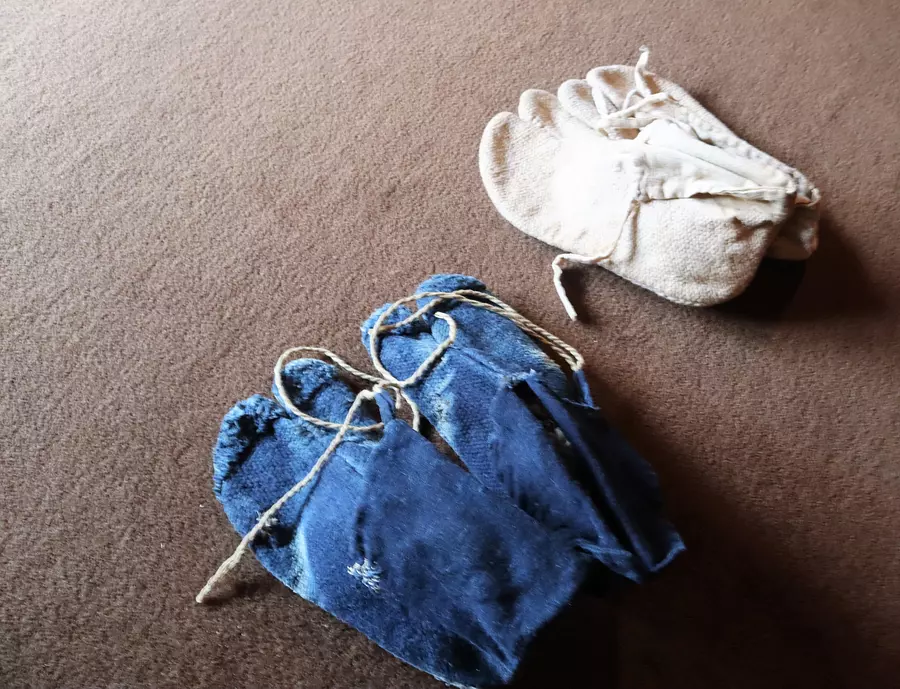
The photo shows tabi socks that were actually used during the Edo period. The tabi socks below are dyed with indigo, and I was surprised at how vivid the indigo still is.
You can also see various other indigo old cloths.
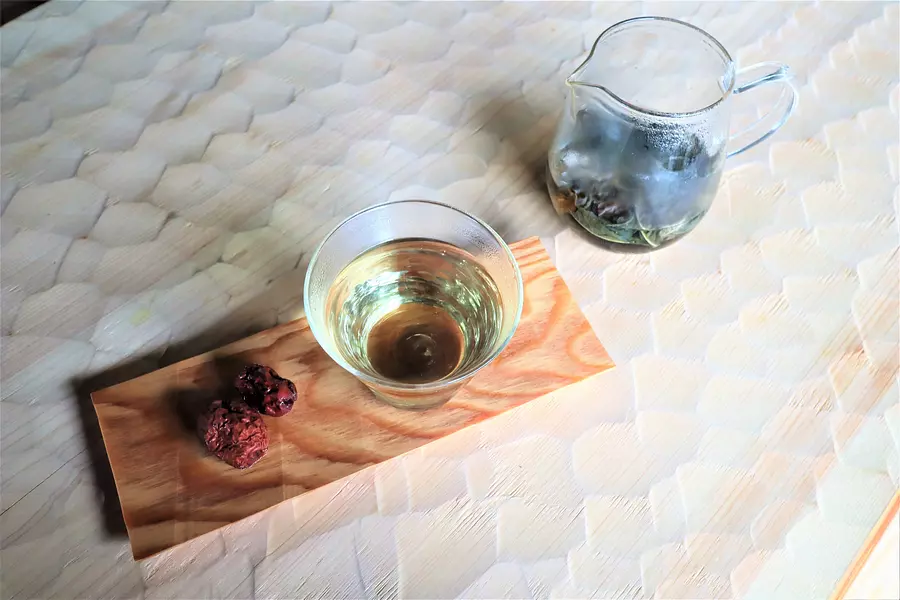
After the indigo dyeing experience, we received indigo leaf tea and dried fruit (jujube). The types of nuts and dried fruits that are served with tea change from time to time.
How about experiencing indigo dyeing and thinking about the ancient way of life?
[Jikon Jikonka basic information]
・Address: 250-1 Kizaki, Sekicho KameyamaCity sekicho
・Telephone number: 0595-96-3339
・Parking: Yes
・Business hours: 10:00-12:00 (prior confirmation required)
・Closed: Indigo dyeing experience requires reservations, so advance confirmation is required.
・Official URL: http://www.jikonka.com/
・Indigo dyeing experience fee: 40 yen/g
*250 grams per person is recommended.
*Up to 4 people per day
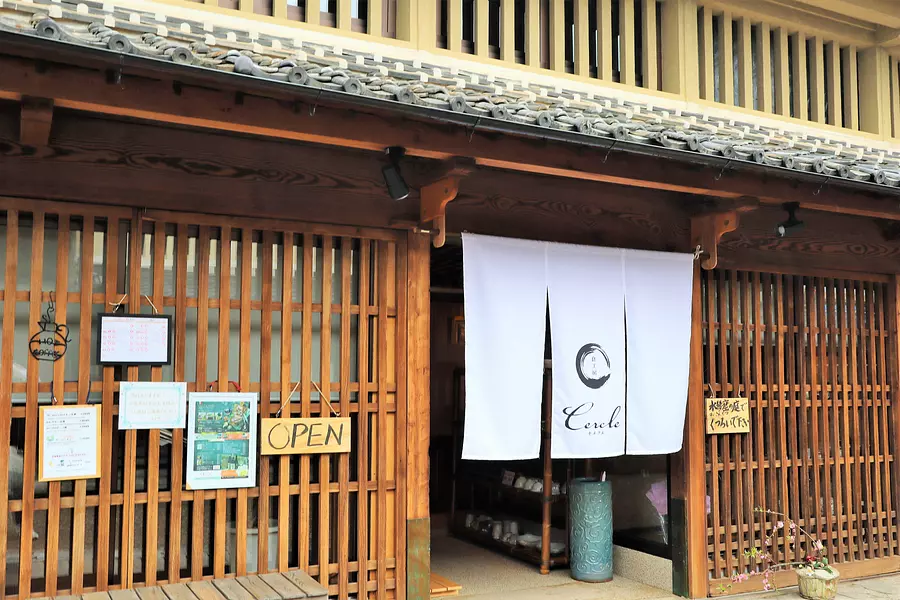
This is also a food workshop "Cercle" that opened in October 2018.
This restaurant is proud of its dishes made with American beef. I stopped by when lunchtime was calm.
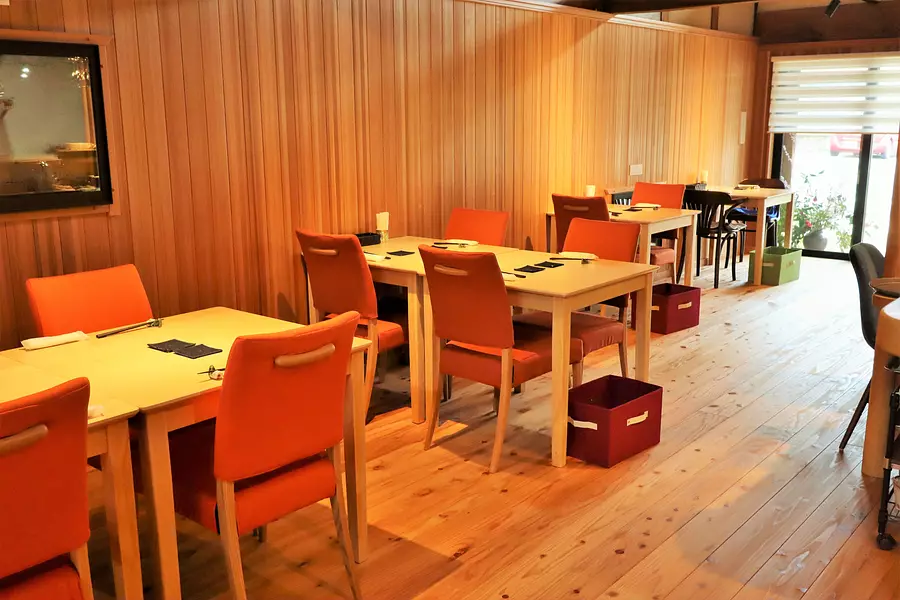
The wood-grained interior of the store is pleasing to the eye and has an atmosphere that makes you want to stay for a long time.
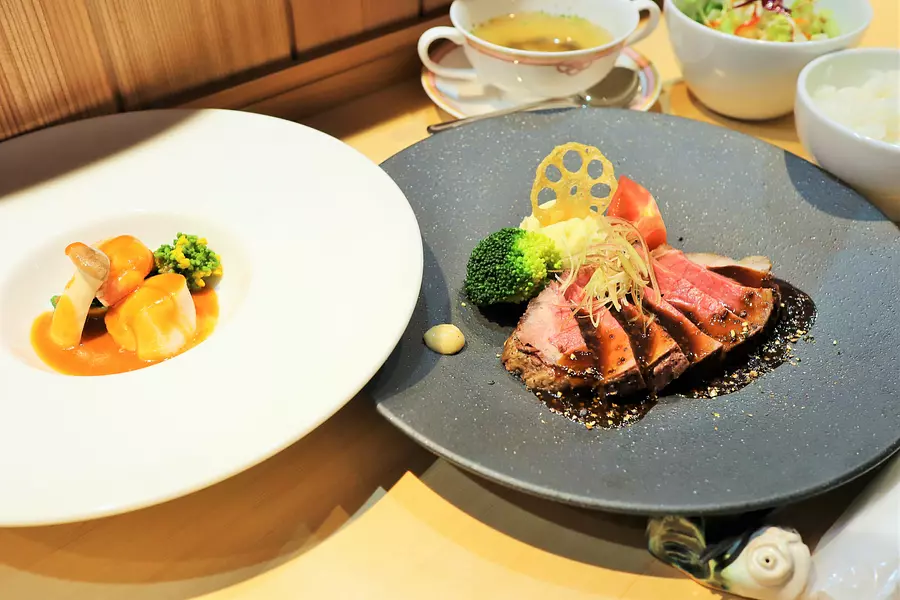
The appetizer is seafood steamed in white wine, and the main dish is roast beef, which comes with soup, salad, rice, and pickles for a hearty meal!
In addition to this, there is a lineup of rice bowl dishes such as hamburger steak (1,500 yen including tax), fillet cutlet (2,200 yen including tax), and fillet steak bowl (1,800 yen including tax).
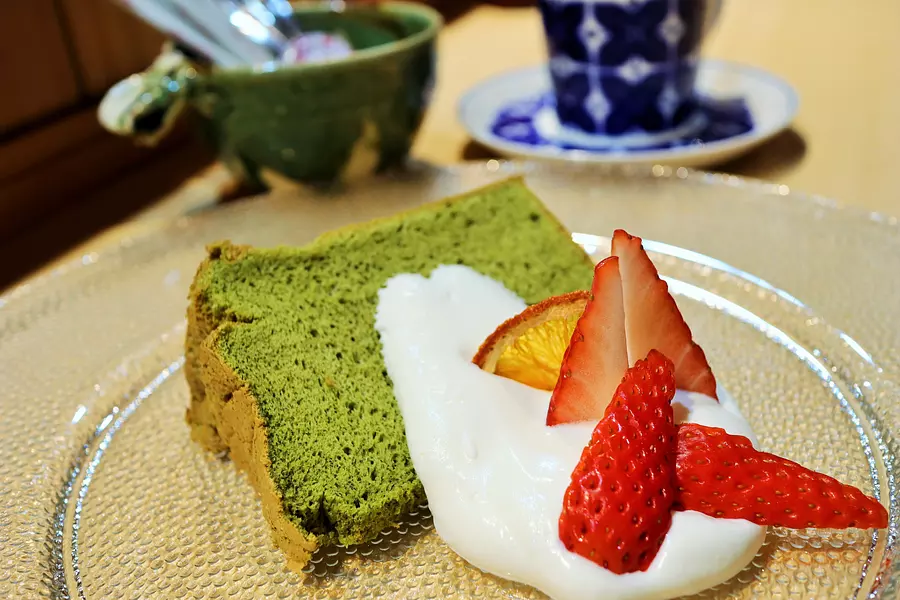
This time it's matcha chiffon cake. Surprisingly, the owner's daughter is in charge of the dessert!
The sweetness of the fresh cream and the sweetness and sourness of the strawberries matched perfectly, making it a very satisfying lunch until the end!
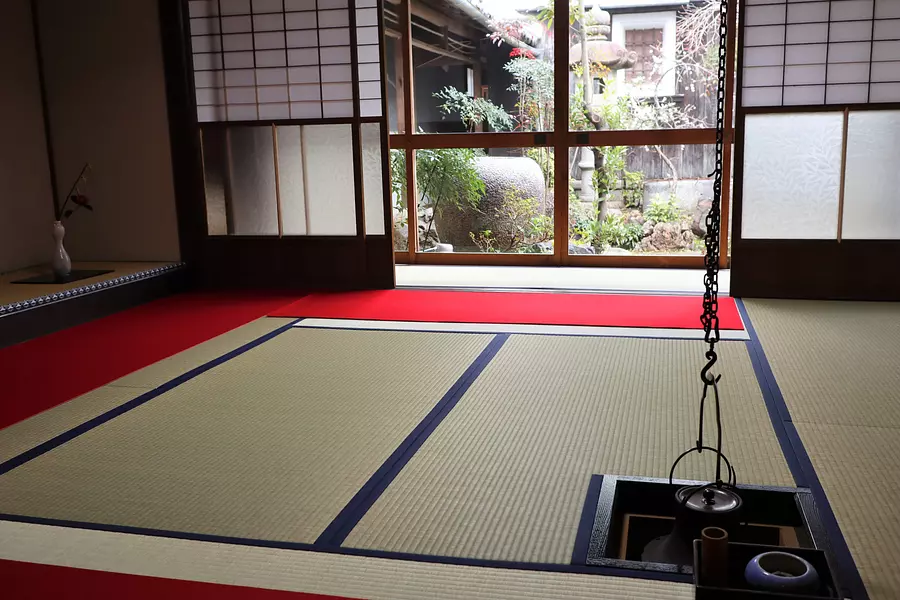
In fact, Cercle's building itself is an old folk house built in the same year as Perry's arrival (1853)!
A tea party was held here the other day, and it was crowded with many people.
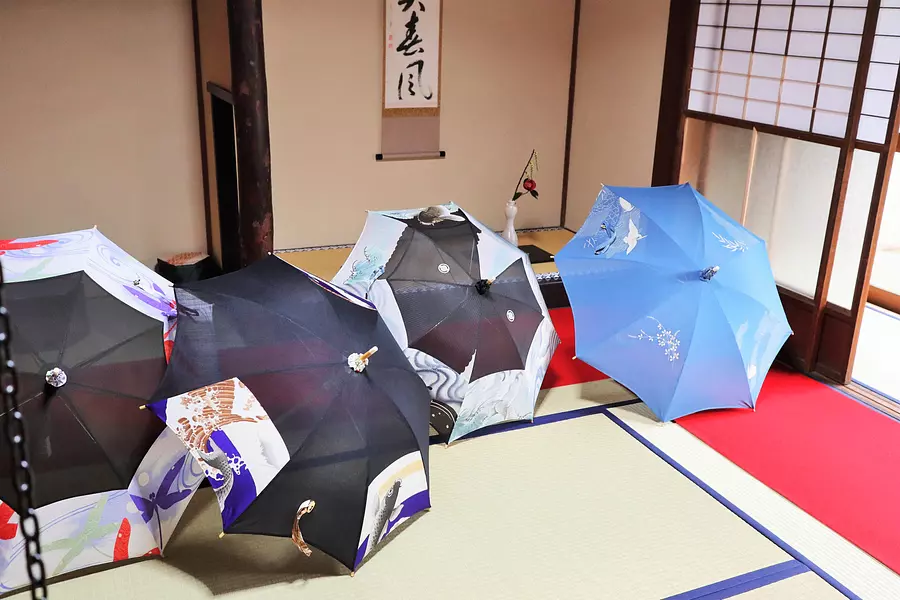
The carp pattern on the center left is a remake of baby clothes.
All of them were unique, and the feeling of valuing and valuing old things resonated with me at Sekijuku.
[Basic information about “Food Workshop Cercle”]
・Address: 558 Kizaki, Sekicho KameyamaCity sekicho
・Telephone number: 0595-86-5127
・Parking: Available (12 spaces)
·business hours
Lunch time 11:30-14:30 (last order 14:00)
Tea time 14:00-17:00
・Closed: Wednesday, Thursday, Friday
・Official URL: https://cercle.therestaurant.jp/
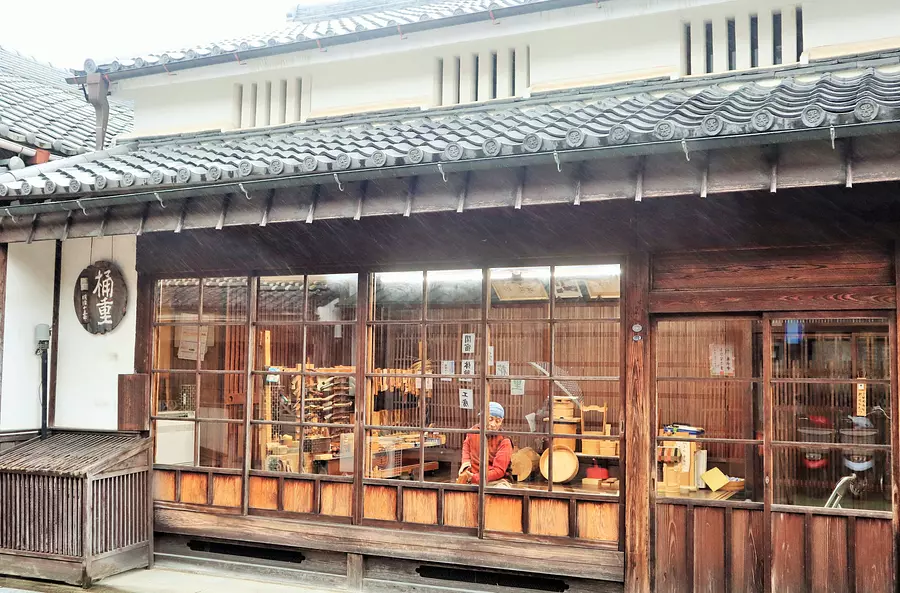
This is "Okeju", which was founded in 1891. You can see the ``Seki no Oke'', which is designated as a traditional craft by Mie Prefecture, being made by hand using skilled techniques.
I went into the store and had a look at the work being done.
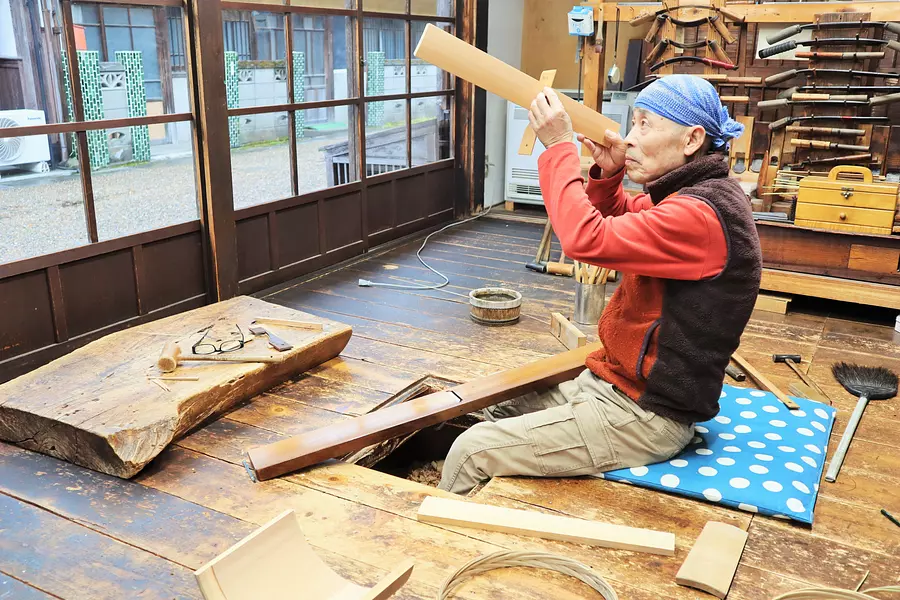
Using a variety of tools, the craftsmen use their craftsmanship to check the bends and shape them with a plane.
The materials used for the buckets are wood such as sawara, cedar, and koyamaki from Shinshu, depending on the type of bucket.
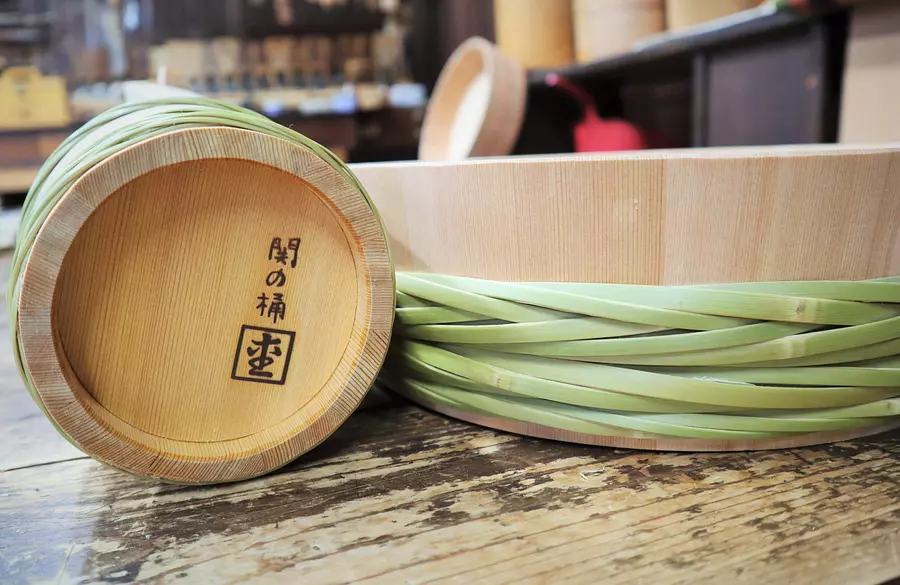
Everything is made to order, and they are often asked to repair the buckets as well.
On the back of the bucket is a branding iron that says "Seki no Oke." If you see this mark, this is the ``Oke'' from ``Okeju'' in Sekijuku!
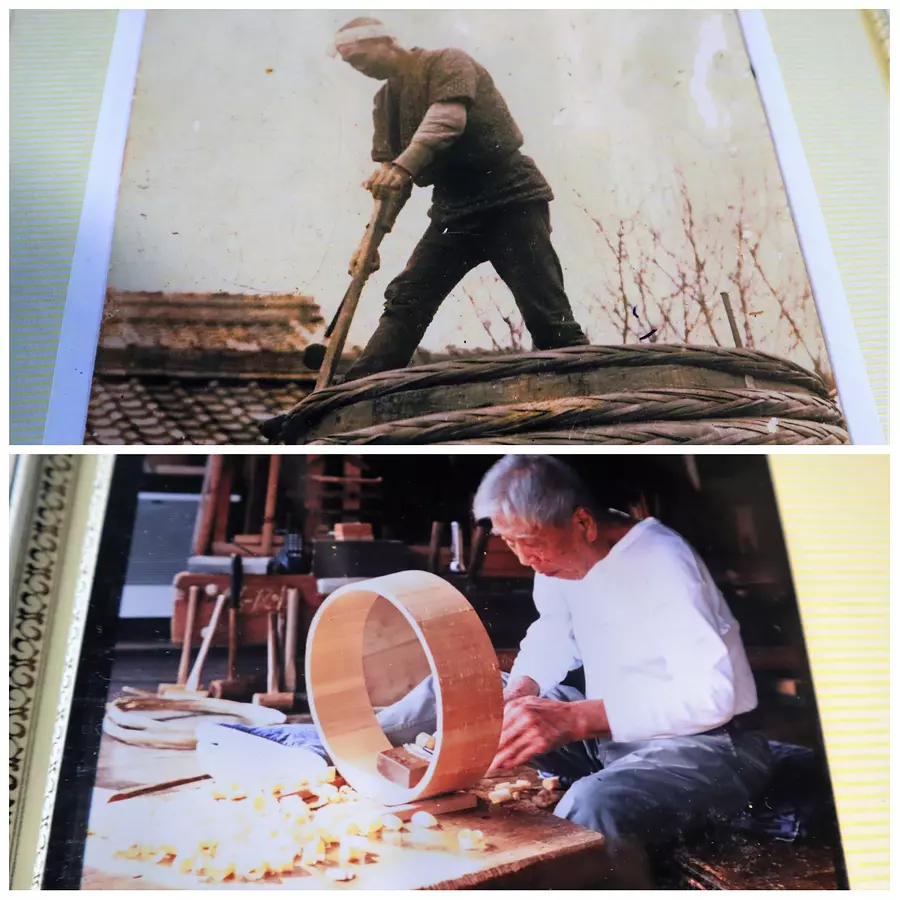
This is a scene of working on a large miso tub. Even a bucket this big can be made into a fine bucket that can be used for a long time if it is put in the hands of a craftsman.
The photo below is of the third generation owner.
Do you notice that this is the same place where the Yondaime was sitting earlier?
Okejuku stands in Sekijuku, unchanged since its founding. You can come into contact with traditional techniques that have been passed down from generation to generation, which you can't usually see.
Please watch the video of the people who have carried on the tradition at Sekijuku, which also features the owner of Okejyu.
[Oke weight basic information]
・Address: 474-1 Nakamachi, sekicho KameyamaCity
・Telephone number: 0595-96-2808
・Parking: None
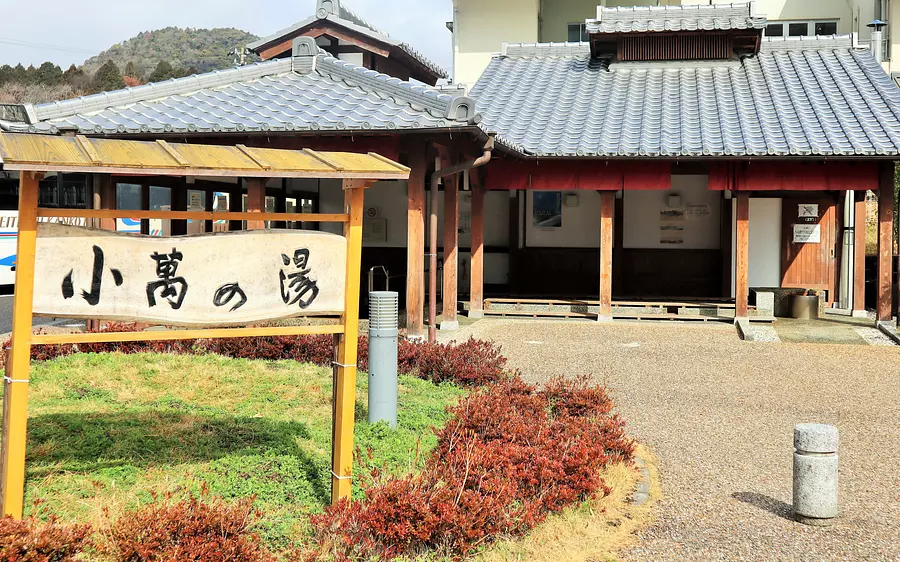
This is the footbath "Koman no Yu". Located to the east of Sekijuku tourist parking lot, you can enjoy the footbath for free.
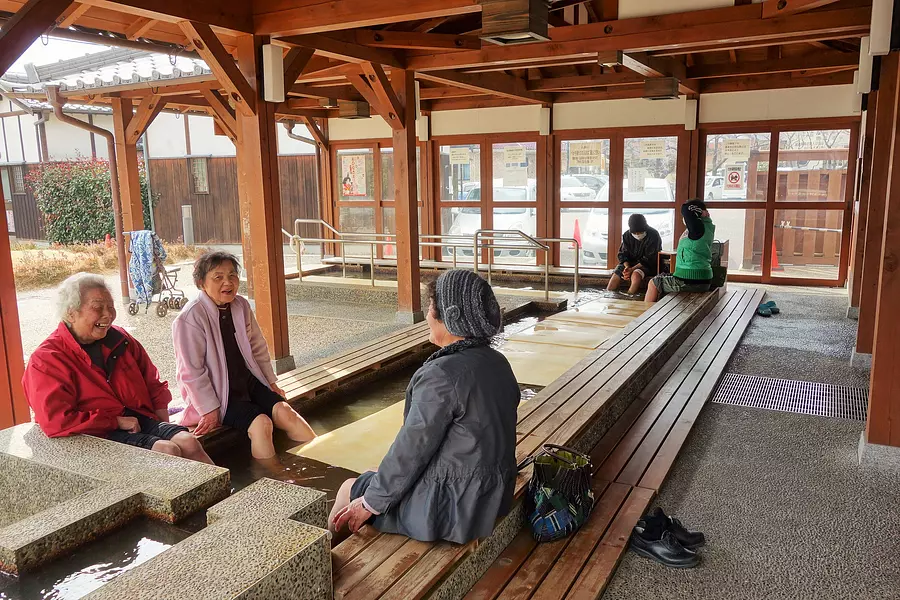
The source is Sekijuku Onsen's artesian water, which is transported through pipes and used after dilution and circulation heating.
Warming your feet when you're tired will make you feel refreshed and comfortable, and we also recommend using them on the way home. It's right next to the parking lot, so you can easily enter.
If you come to Sekijuku, why not stop by?
[Basic information about KameyamaCity Sekijuku footbath exchange facility “Koman no Yu”]
・Address: 1974-1 Shinsho, sekicho KameyamaCity Mie Prefecture (next to the east of Sekijuku tourist parking lot)
・Telephone number: 0595-96-1215 (KameyamaCity Tourism Promotion Office)
・Parking: Yes
・Business hours: 10:00-17:00
・Closed days: Mondays (the next day if Monday is a public holiday or substitute holiday), New Year's holidays
・Official URL: https://www.city.kameyama.mie.jp/soshiki/seibun/chiikikanko/kankokoryu/docs/2014112312201/
Tokaido Sekijuku
0595-97-8877
Please park at Sekijuku sightseeing parking lot (about 5 minutes walk)
Tourist parking lot: 4 large spaces, 16 regular spaces, 1 thoughtful parking space (free)
Click here for the location (google maps) https://goo.gl/ygWQ5A
About 5 minutes walk from JR Seki Station
Approximately 5 minutes from Meihan National Highway Seki IC
| Category | |
|---|---|
| season | |
| area |
Related spots
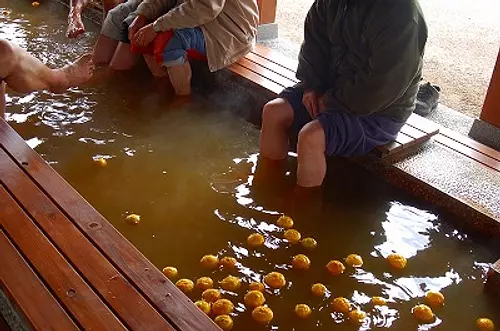
Koman no Yu (footbath)
Northern forces
KameyamaCityKoman no Yu is made by excavating 1,300 meters deep and transporting Sekijuku artesian water with a spring temperature of 20 degrees Celsius from the source via pipes, diluting it four times with tap water, and circulating and heating it in a boiler to approximately 40 degrees Celsius. , we are doing a continuous flow. Since the salt concentration is approximately 70% that of seawater, it is thought that ancient seawater may be fossilized seawater trapped in rocks. Hot springs with a high salt content adhere to the skin when you bathe, preventing sweat from evaporating, so they have a good heat retention effect and are also called ``heat hot springs.''
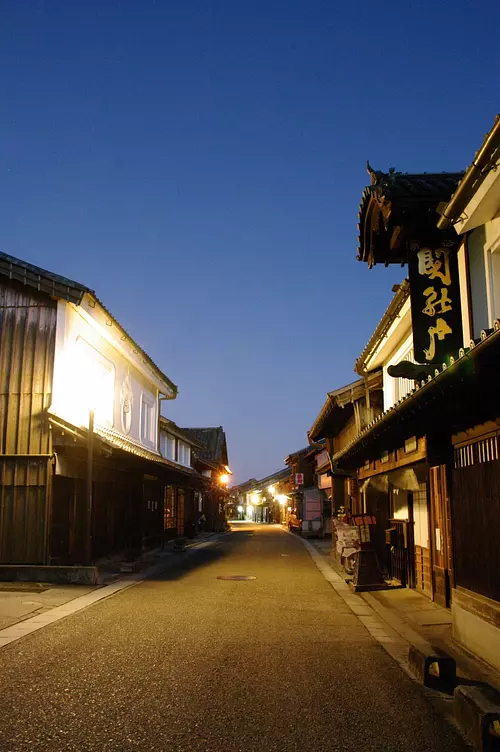
Tokaido Sekijuku
Northern forces
KameyamaCitySekijuku flourished as the 47th post town on the 53 stations Tokaido, and still retains the atmosphere of that time. More than 200 townhouses built from the late Edo period to the Meiji period still exist here, and it was selected as a nationally important preservation district for groups of traditional buildings (selected in 1981) and one of Japan's top 100 roads (selected in 1986). It has been selected as a tourist destination and has a lot to offer. Recently, it has become popular as a photogenic spot that looks great on Instagram. Why not enjoy a relaxing walk around town?


